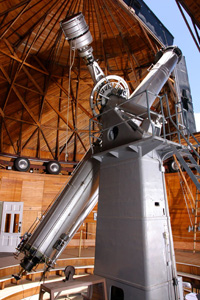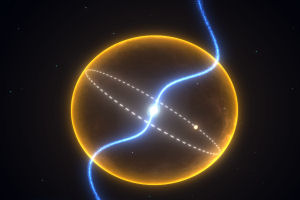 I’ve had the deep privilege of spending last night at Lowell Observatory in Flagstaff, AZ (Now, least you consider night to be an odd time to be out and about and wonder if they might be open at night … well think telescopes, stars etc … they tend not to do days, that big yellow thing in the sky tends to get in the way a bit).
I’ve had the deep privilege of spending last night at Lowell Observatory in Flagstaff, AZ (Now, least you consider night to be an odd time to be out and about and wonder if they might be open at night … well think telescopes, stars etc … they tend not to do days, that big yellow thing in the sky tends to get in the way a bit).
The actual location is of course ideal, Flagstaff itself is over 7000 ft above sea level, and so perched about the city on Mars hill is the Observatory. The site is a US National Historic Landmark, for this is the home of historical scientific discoveries. They have a 24-inch (0.61 m) Alvan Clark Telescope (pictured ) which is still in use today for public education. Now don’t misunderstand me, they still do real science, they currently operate four research telescopes at its Anderson Mesa dark sky site, located 20 km (12 miles) southeast of Flagstaff, including the 72-inch (1.8-meter) Perkins Telescope (in partnership with Boston University) and the 42-inch (1.1 m) John S. Hall Telescope. (But for visiting, you want the Flagstaff site).
Read more
 Now this is cool … University of Manchester astronomers think they’ve found a once-massive star that’s been transformed into a small planet made of diamond.
Now this is cool … University of Manchester astronomers think they’ve found a once-massive star that’s been transformed into a small planet made of diamond.